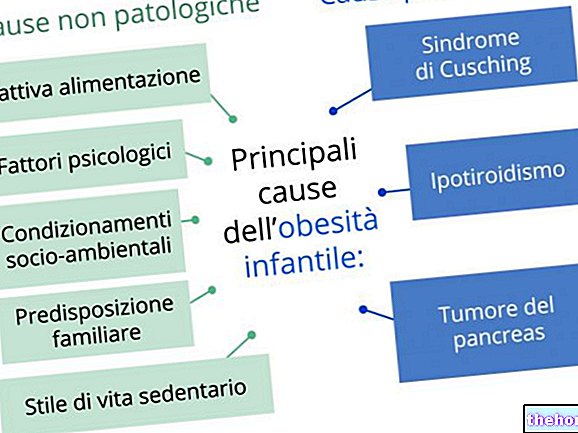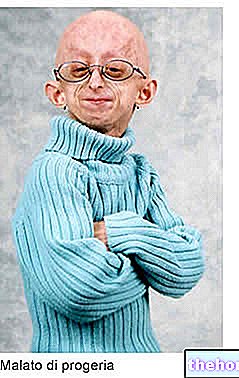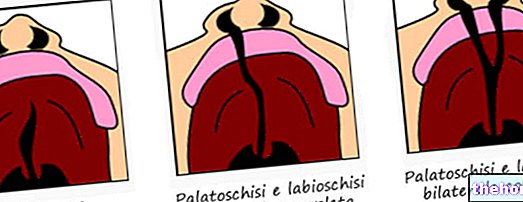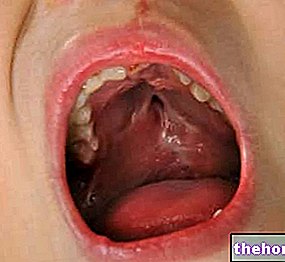The sweat test, used in clinical practice for over 50 years, still represents the gold standard for the diagnosis of cystic fibrosis. The test is based on the quantitative determination of the concentrations of chlorine ions (with or without sodium) in sweat, induced by ionophoretic skin stimulation with pilocarpine.
The sweat test is indicated in the presence of suspicion of cystic fibrosis, which in the young adult is suggestive in the presence of symptoms such as chronic or recurrent pancreatitis, pancreatic insufficiency, male infertility, chronic rhinosinusitis with or without nasal polyposis, and recurrent or chronic lung infections; in the newborn and infant, suspected symptoms include recurrent respiratory infections, chronic diarrhea, poor growth, and severe summer dehydration.

How is the examination performed? How are the results interpreted?
The sweat test recognizes two distinct phases: stimulation of sweating and analysis of sweat. The first result is obtained by applying two electrodes to the forearm or leg, on which two absorbent pads or two gels containing pilocarpine are placed.The application of low voltage electric current, coming from a battery generator, favors the transport of pilocarpine in the superficial layers of the skin, where it stimulates the production of sweat.
The examination takes about 5 minutes and does not cause any pain, although you may feel a small itchy sensation with the appearance of erythema (skin redness) in the area where pilocarpine has stimulated the production of sweat.
Subsequently, the patient's skin is thoroughly washed with demineralized water and dried, before proceeding with the collection of sweat. This phase involves the application of an absorbent paper of known weight, sodium and chlorine free, generally applied to the flexor surface of both forearms, where it is kept for 30 minutes. During this period the subject is free to read, play, or eat, taking care to avoid salty foods (snacks, French fries, etc.) to minimize the risk of paper contamination. The latter will be removed by the operator at the end of 30 minutes, and sent to the laboratory for sweat analysis.
The reporting time can be 1-2 working days, while the test result is based on the following interpretative criteria:
- a sweat chlorine concentration greater than 60 mEq / L supports the diagnosis of cystic fibrosis (CF)
- an intermediate concentration of chlorine in sweat, between 40 and 60 mEq / L, is suggestive, but not diagnostic, for cystic fibrosis
- a sweat chlorine concentration of less than 40 mEq / L is normal, and associated with a low probability of cystic fibrosis.
- Note: up to 6 months of age the normal cut-off for chlorine drops to 30 mEq / L.
Is the sweat test dangerous? What are the risks for the patient?
The sweat test is not a painful test, much less dangerous to the patient's health. In the vast majority of cases, any test-related disturbances are limited to a limited sensation of itching, accompanied by local erythema (skin redness) at the site of stimulation. In some cases, one or more blisters may form, which disappear within 2/3 hours without leaving any marks. The risk of real burns is very low (in the order of one case out of 50,000), but not negligible, and increases in the case of use of outdated equipment and lack of operator experience; in general, these lesions are secondary, however, with little or no sign of scar.
Reliability of results
The sweat test has a "high specificity, since there are few and rare diseases that can give false positive results (Down syndrome, Klinefelter syndrome, celiac disease, atopic dermatitis, type I glycogenosis, type I mucopolysaccharidosis, deficiency glucose 6-phosphate dehydrogenase, untreated hypothyroidism or adrenal insufficiency, anorexia nervosa, nephrotic syndrome, hypogammaglobulinemia, type I pseduohypoaldosterinism, Mauriac syndrome); furthermore, these diseases are characterized by an "extreme diversity of the clinical picture, an element that does not should leave diagnostic uncertainties.
The sweat test is extremely sensitive, although mutations associated with false negative results are known today. Therefore, even with a negative sweat test, the doctor can maintain the diagnostic orientation towards Cystic Fibrosis and propose an in-depth diagnostic study (for example a genetic test with search for the typical mutations of Cystic Fibrosis).
The probability of error is significantly reduced if certain procedural guidelines are followed during the examination:
- the sweat test must be carried out by expert personnel and in specialized structures;
- The sweat test can be done after 2 weeks of age in children weighing more than 3 kilograms, who are normally hydrated and without significant systemic disease.
- The sweat test must be postponed if:
- the child is less than 15 days old or weighs less than 3 kilograms (which is not uncommon in children with cystic fibrosis)
- the amount of sweat collected is insufficient
- in dehydrated children, with systemic pathologies, with eczema at the stimulation site, edematous or under systemic cortisone therapy. In the latter case, it is preferable to perform the sweat test at least 4 days after stopping the treatment, since corticosteorides reduce the concentration of electrolytes in the sweat. - A single laboratory result is not sufficient to confirm or exclude the diagnosis of cystic fibrosis: at least 2 sweat chlorine determinations must always be performed at two different times.
- The amount of sweat collected must be higher than the minimum pre-established values; the sweat test can therefore also be repeated for technical reasons, for example due to the low (500 mg) amount of sweat collected.




























